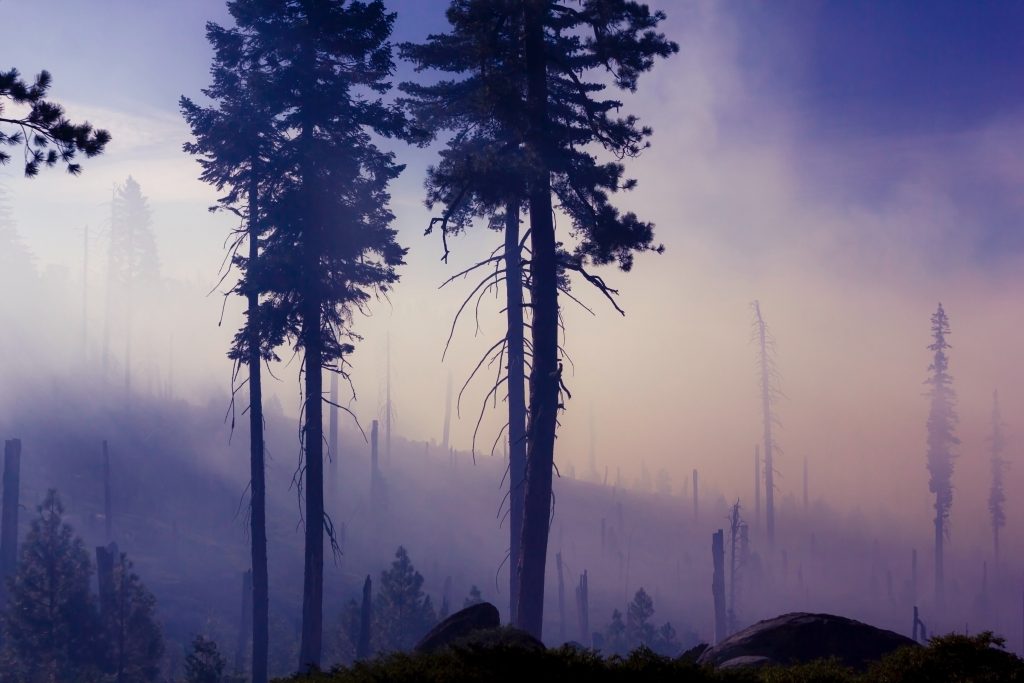Firewise
Are you ready for a wildfire?
What is Firewise? This program encourages local solutions for wildfire safety by involving homeowners, community leaders, planners, developers, firefighters, and others in proactively protecting people and property from the risk of a wildfire. The program teaches people how to adapt to living with wildfire and encourages neighbors to work together and take action now to prevent losses in the future.
A Firewise Home has Several Features
The Home Ignition Zone
The Home Ignition Zone is an area 100-200 feet from the foundation and includes surrounding vegetation, your home, and other structures such as decks, storage sheds, outbuildings, swing sets, and fences. Limiting the amount of flammable vegetation, choosing fire-resistant building materials and construction techniques, along with periodic exterior maintenance can increase the chance that your home will survive a wildfire.
Lean, Clean, and Green Landscaping
With Firewise landscaping, you can create survivable space around your home that reduces your wildfire threat. Prune large trees so the lowest branches are at least six to ten feet high to prevent a ground fire from spreading. Within your Home Ignition Zone, remove flammable mulches (pine needles, bark, leaves) and any plants containing resins, oils, and waxes that burn readily (ornamental junipers, holly, red cedar). Check out this list of fire-resistant plants that may reduce wildfire risks.
A Fire-Resistant Roof
Firewise roof materials include Class-A asphalt shingles, metal, slate or clay tile, and concrete products. A fire-resistant sub-roof adds further protection. In the spring inspect your roof, looking for deterioration such as breaks and spaces between roof tiles. Keep your roof, gutters, and eaves clear of leaves and other debris. Make sure under-eave and soffit vents are as close as possible to the roof line. Box in eaves, but be sure to provide adequate ventilation to prevent condensation and mildew.
Fire-Resistant Construction
Wall materials that resist heat and flames include brick, cement, plaster, stucco, and concrete masonry. Tempered and double-pane glass windows can make a home more resistant to wildfire heat and flames.
Fire-Resistant Attachments
Attachments include any structure connected to your home, such as a deck, porch, or fence. If these items are not fire resistant, then your home as a whole is more vulnerable to catching on fire.
A Disaster Plan
The time to plan for any emergency is before it happens. Make time to discuss with your family what actions you will take. Here are a few tips:
Create an escape plan, including a plan for your pets.
Decide where you will go and how you will get there.
Practice family fire drills.
Have tools available (shovel, rake, axe, handsaw, or chainsaw).
Maintain an emergency water source.
Leave before it is too late.

Emergency Access
Identify your home and neighborhood with legible and clearly marked street names and numbers. Make sure your driveway is at least 12 feet wide with a vertical clearance of 15 feet and a slope of less than five percent to provide adequate access for emergency vehicles.
To learn more about what you can do to protect your family and home from wildfires, visit the Firewise USA website.
